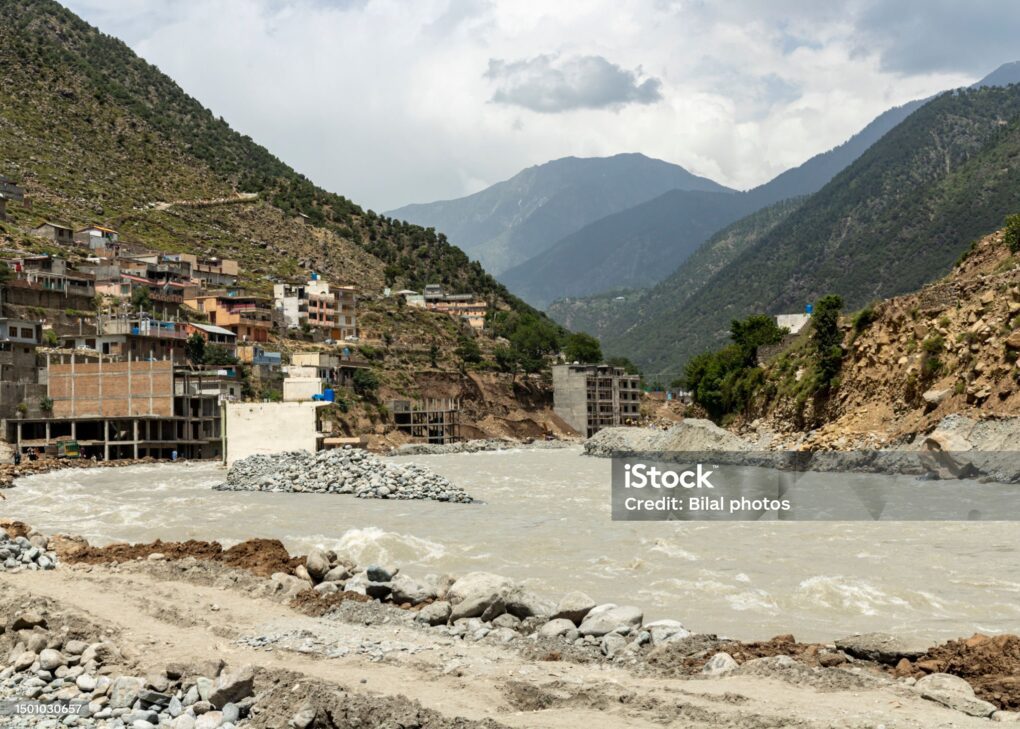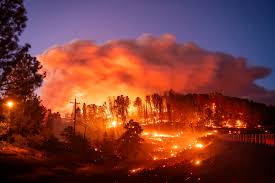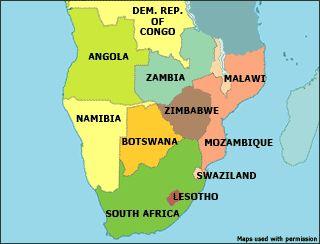The Boxing Day, 2004 Indian Ocean Tsunami stands out as one of the deadliest natural disasters in recorded history. Triggered by a massive undersea earthquake with a Mw ≃ 9.3 off the west coast of Northern Sumatra, Indonesia, the resulting tsunami led to widespread devastation across 14 countries in the Indian Ocean region.
The earthquake triggered one of the most devastating natural disasters ever witnessed in modern history, causing more than 292,000 fatalities in countries bordering the Indian Ocean basin (Ioualalen, M et al., 2007). The most severely affected nations were Indonesia, Sri Lanka, India, and Thailand. Other countries like the Maldives, Malaysia, Myanmar, and even as far as Somalia on the eastern coast of Africa also experienced varying degrees of devastation.
The largest tsunami runups, over 30 m, occurred south of Banda Aceh, Sumatra. This area suffered about 230,000 casualties (dead or missing) and most intense and widespread destruction during the fateful event (Ioualalen, M et al., 2007).
The economic impact of the tsunami was staggering. The infrastructure, housing, and livelihoods were destroyed resulting in massive economic losses. The cost of reconstruction and rehabilitation was estimated around US$ 4.4 b (The Guardian). Livelihood sources such as fishing, tourism, and agriculture were also severely impacted.
The environmental damage of the tsunami was also colossal. Marine ecosystems such as mangroves, coral reefs, and wetlands were adversely affected.
The shocking scale of the disaster led to a massive international humanitarian response. Scores of countries and organizations from all over the world rallied rescue and relief activities. The United Nations was the lead agency to coordinate these activities.
The post-disaster reconstruction and rehabilitation activities, especially housing reconstruction, were also carried out at a large scale. However, these activities were affected to certain extent due to the Kashmir earthquake in 2005 because international attention and resources were diverted towards the handling of an immediate large scale disaster.
In retrospect, the 2004 tsunami experience in Indonesia highlights the problem of coordination between stakeholders such as government agencies, international donors, and NGOs. It also highlights the difficulties for reconstruction agencies in effective use of funds and the problems of a large funding gap emerging from inaccurate cost estimation and overlooking local realities. However, this disaster helped in drawing lessons for institutional development and policy formulation to cope with future natural disasters (Nazara, S. and Resosudarmo, B.P., 2007).
Suggested Readings
B Chatenoux, P Peduzzi – Natural hazards, 2007 – Springer
A snapshot of the 2004 Indian Ocean tsunami: societal impacts and consequences
H Rodriguez, T Wachtendorf, J Kendra… – Disaster Prevention and …, 2006 – emerald.com
Consequences of the 2004 Indian ocean tsunami in Malaysia
MMR Wong, AM Said – Safety science, 2020 – Elsevier
Peace in the wake of disaster? Secessionist conflicts and the 2004 Indian Ocean tsunami
PL Billon, A Waizenegger – Transactions of the Institute of …, 2007 – Wiley Online Library
R Matsumaru, K Nagami, K Takeya – IATSS research, 2012 – Elsevier
Modeling the 26 December 2004 Indian Ocean tsunami: Case study of impact in Thailand
M Ioualalen, J Asavanant… – … Research: Oceans, 2007 – Wiley Online Library




Leave a Reply